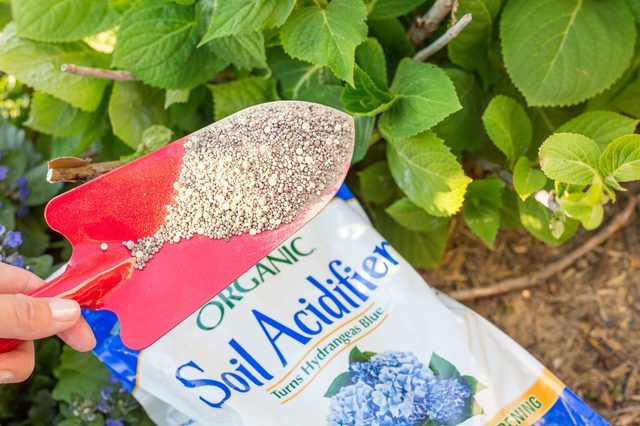Bulbs
Flower Basics
Flower Beds & Specialty Gardens
Flower Garden
Garden Furniture
Garden Gnomes
Garden Seeds
Garden Sheds
Garden Statues
Garden Tools & Supplies
Gardening Basics
Green & Organic
Groundcovers & Vines
Growing Annuals
Growing Basil
Growing Beans
Growing Berries
Growing Blueberries
Growing Cactus
Growing Corn
Growing Cotton
Growing Edibles
Growing Flowers
Growing Garlic
Growing Grapes
Growing Grass
Growing Herbs
Growing Jasmine
Growing Mint
Growing Mushrooms
Orchids
Growing Peanuts
Growing Perennials
Growing Plants
Growing Rosemary
Growing Roses
Growing Strawberries
Growing Sunflowers
Growing Thyme
Growing Tomatoes
Growing Tulips
Growing Vegetables
Herb Basics
Herb Garden
Indoor Growing
Landscaping Basics
Landscaping Patios
Landscaping Plants
Landscaping Shrubs
Landscaping Trees
Landscaping Walks & Pathways
Lawn Basics
Lawn Maintenance
Lawn Mowers
Lawn Ornaments
Lawn Planting
Lawn Tools
Outdoor Growing
Overall Landscape Planning
Pests, Weeds & Problems
Plant Basics
Rock Garden
Rose Garden
Shrubs
Soil
Specialty Gardens
Trees
Vegetable Garden
Yard Maintenance
Caring For Blue Hydrangea
Caring For Blue Hydrangea. Big, billowing blue hydrangeas (Hydrangea macrophylla), hardy in U.S. Department of Agriculture plant hardiness zones 6 through 9, are stars of the early summer garden. Sometimes known as big leaf hydrangeas or "mopheads," the deciduous shrubs bear large, rounded leaves and globe-shaped heads made up of tiny...
Big, billowing blue hydrangeas (Hydrangea macrophylla), hardy in U.S. Department of Agriculture plant hardiness zones 6 through 9, are stars of the early summer garden. Sometimes known as big leaf hydrangeas or "mopheads," the deciduous shrubs bear large, rounded leaves and globe-shaped heads made up of tiny individual florets. The color of the flowerheads depends on soil chemistry. Mophead hydrangeas grow blue in acid soil, pink in alkaline soil and purple where soil pH is neutral. With proper care, blue hydrangeas are long-lived and relatively trouble-free.
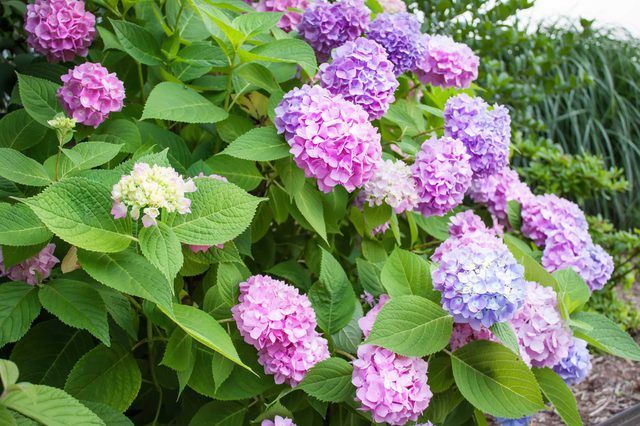
Hydrangeas are generally easy to care for, suffering from few diseases and pests. The shrubs love water, and new plants should be watered daily (in the absence of rain) for the first few months. Thereafter, water if it has not rained for a few days or if the soil surface feels dry. The amount of water needed varies according to soil moisture content, but generally, water via soaker hose until the top few inches of the soil are moist. Mulch with at least 2 inches of organic material, such as pinestraw, applied in a 2-foot-wide square around the shrub.
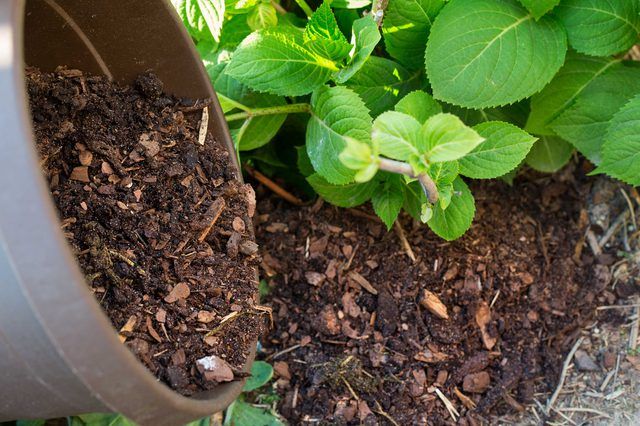
Traditional blue mophead hydrangeas bloom on "old wood" or growth from the previous growing season. Pruning before the plants bloom in the spring will result in loss of bloom. If pruning is needed to shape the hydrangea, wait until the flower petals begin to feel dry. Use sharp hedge shears and prevent disease spread by disinfecting the shears after each cut with a cloth dipped in isopropyl alcohol. Modern reblooming hydrangeas bloom on the current season's growth, as well as that of the previous year, so spring pruning will only prevent flowering on the older branches.
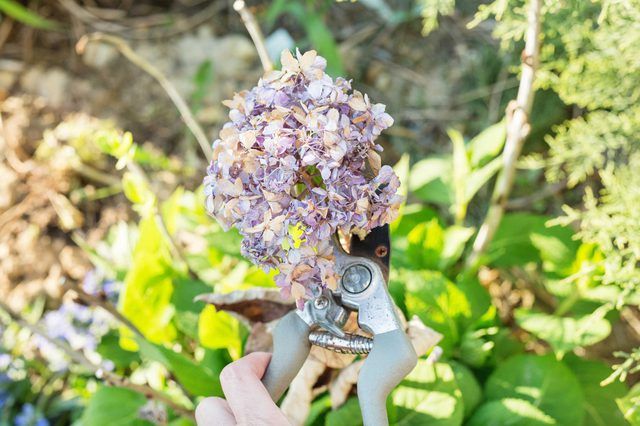
Blue mophead hydrangeas are generally cold hardy to about -5 to -10 degrees Fahrenheit (USDA zone 6), but even within their hardiness range, the plants are susceptible to damage from late spring frosts. These frosts sometimes occur after warming periods, when the plants have broken dormancy and begun active growth. Buds on exposed hydrangea branches may freeze under these circumstances, and plants that bloom only on old wood will produce few or no flowers. If late spring frost is forecast, protect hydrangeas by covering them with agricultural fleece, burlap or old blankets.
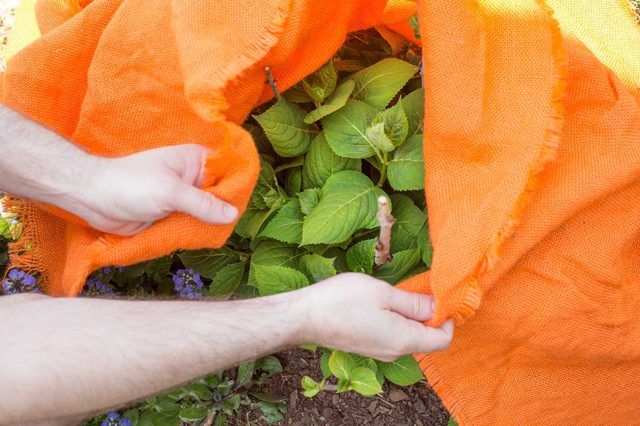
In March, May and July, fertilize with a general-purpose product, such as 10-10-10, applied at a rate of 2 cups per 100 square feet. Sprinkle the fertilizer evenly around the plants and water thoroughly. To remain blue, mophead hydrangeas must grow in soil with a pH of 5.0 to 5.5. To check soil pH, obtain a soil test kit from a garden center. In locations with alkaline soil, pink hydrangeas can be turned blue by sprinkling 1/2 cup of garden sulfur around the shrub's base. Water thoroughly and repeat if necessary. Color change may take several months.
